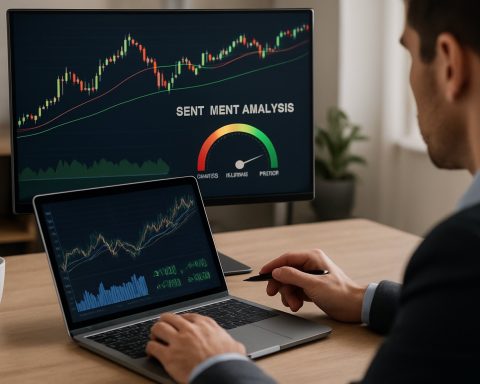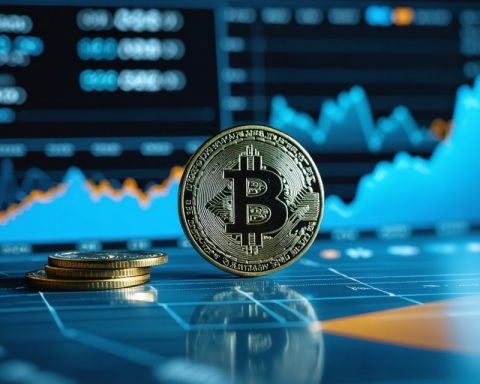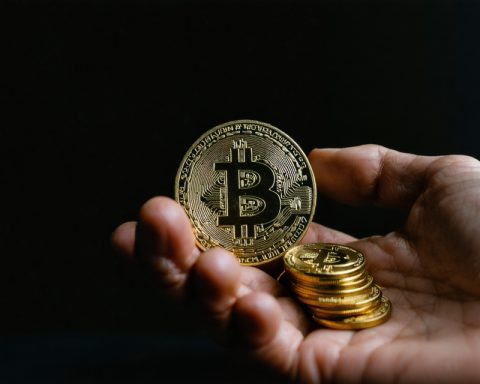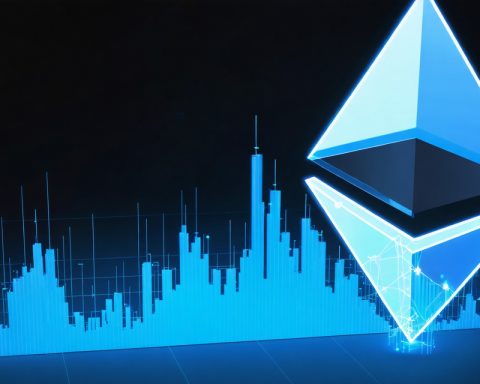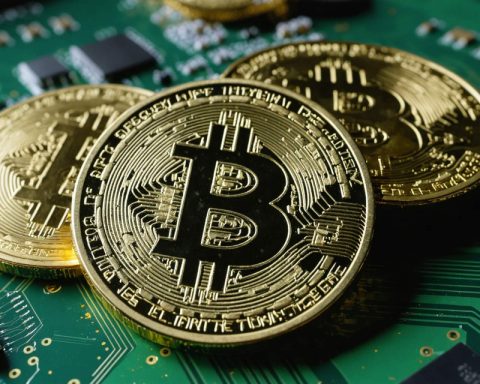Popcat (POPCAT) is a whimsical cryptocurrency based on the Solana blockchain, known for its volatile price movements. After a notable surge of 30% reaching $0.25, the price has slightly settled at $0.23, exhibiting a pattern of quick ascents and descents. The Chaikin Money Flow (CMF) indicator remains positive, suggesting potential buyer interest and the likelihood of further price recovery. The





